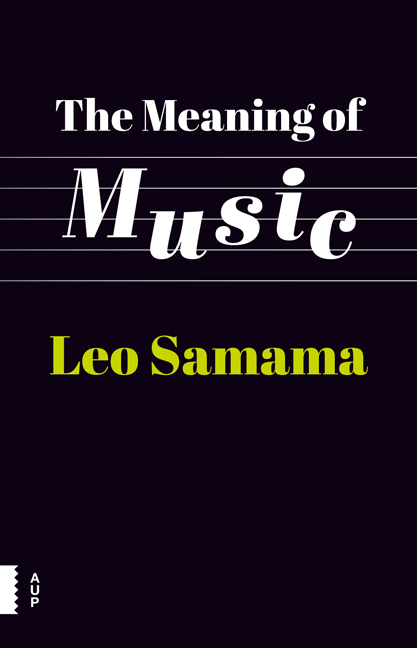23 - The History of the History of Music
Published online by Cambridge University Press: 24 December 2020
Summary
And untill a set of musicall vertuosi, well weighed in a resolution, and capable to make the experiment, and of whom none, as thinking themselves wiser, shall put on the contemptuous frowne and seem inwardly to sneer, shall be mett together, with all things fitt for the same designe, there will be no reason to expect the antiquitys of musick should ever be understood.
So wrote the English nobleman and amateur musician Roger North at the beginning of the 18th century. He was looking for ways to understand the music of the past, but his conclusion was that something would first have to change with musicians themselves.
Something was indeed happening in London at that time: perhaps not exactly what North had in mind, but a first step nevertheless. In the Crown and Anchor on the Strand there were regular meetings of a group of music lovers who were dedicated to the study and performance of vocal music from the 16th and 17th centuries under the name of the Academy of Vocal Music, and later the Academy of Ancient Music. They were of course particularly interested in the music of the glorious Elizabethan period, but also in works from a time that wasn't so very far removed from their own, namely that of the composer of the collection of songs Orpheus Britannicus, Henry Purcell.
One of the founders of this circle of amateurs was Dr. John Christopher Pepusch, also known as the composer from Berlin, Johann Christoph Pepusch. Works on the programme included those by Thomas Tallis, William Byrd, Giovanni da Palestrina and indeed Henry Purcell. Also included was the Italian Archangelo Corelli, who had died at the beginning of the century and whose Concerti grossi were very popular in England, and remained so for the entire 18th century. In Pepusch's homeland, people had never entirely lost sight of the music of the late Renaissance, such as the works of Palestrina. These remained the subject of study until well into the 18th century for anyone who pursued a thorough knowledge of music theory. This explains why Palestrina's polyphony was a part of the important textbook Gradus ad Parnassum of 1725, by Johann Joseph Fux.
- Type
- Chapter
- Information
- Meaning of Music , pp. 204 - 221Publisher: Amsterdam University PressPrint publication year: 2016



